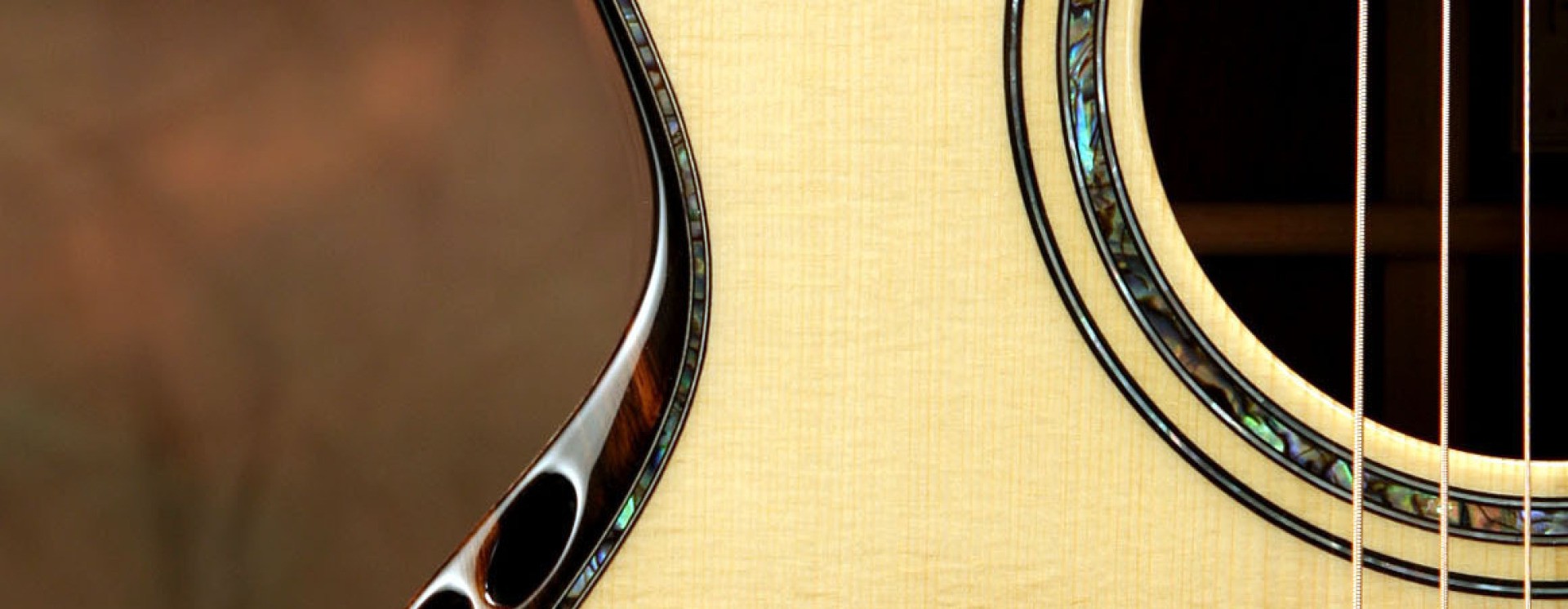SWEET AND SOUR CITY CD
12 Songs, 54 Minutes
Released: June 23, 2015
© 2019 2020 MüktiMusic Ascap
℗ 2019 2020 Light Without Heat (Steve Vai)
https://itunes.apple.com/us/album/sweet-sour-city/1016589722
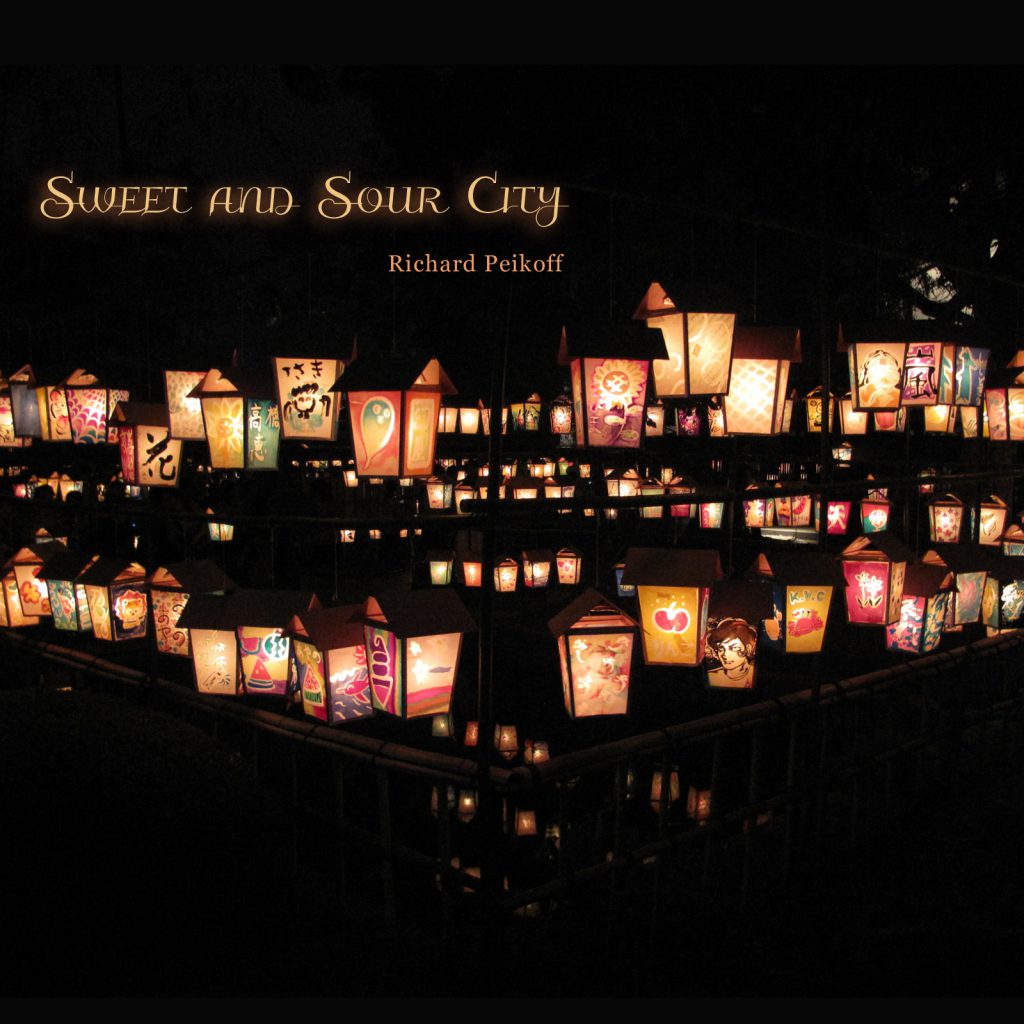
Credits:
Richard Peikoff: Acoustic Guitar, FingerStyle Guitar, Slide Guitar, High String Guitar, Baritone Guitar
Kit Walker: Keyboards & Producer (Three Flowers Track, T-Street Rag, Tabla Trance)
Bob Een: Cello, Tibetan Overtone Vocalization (Forward)
Buzz Feiten: Synth Guitar (Andalusia Live, Main Street Live)
Dave Beyer: Percussion (Andalusia Live, Main Street Live)
Kara Scofield: Artwork and Graphics
Richard Peikoff: Artwork and Graphics
Steve Vai: Mastering, Facilitation, Executive Producer
Greg Wurth: Facilitation
Jeroen Noordhuis: Website Design
1. Sweet & Sour City rT 3:15
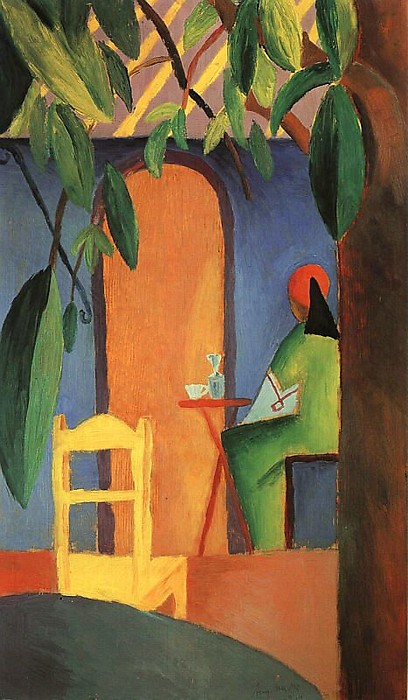
The title track is a solo ‘High String’ performance played on a ‘Red Label’ Japanese manufactured Yamaha from the ’70s (a model equivalent to a Martin 00-28). This high string variation is tuned AEADEA which is a 4th below the octave of ST: EADGBE and follows the Dadgad formula of Root Fifth Root Fourth Fifth Root or 151451. This a suspended 4th tuning which is one of the most popular Open Tunings by FingerStyle guitarist around the world.
This is a solo High String piece which leans heavy on the rhythm. Although it would make a fine duet, trio, ensemble, or even a basic track for a vocal, I like the presentation of the solo performance. The piece contains some signature ‘bionic’ thumb grooves in the bass, a few fingerstyle connective sections, three sections that feature some dedicated pluck stroked rhythms with simple but subtle variations up high on the top strings exploiting melodic pedal tones. The fingerstyle connections are BlueGrassian in nature; and the mood is upbeat, optimistic, and forward-looking. If I remember correctly this was the 3rd take, and as is typical with all my recordings, there are is no ‘punching in or punching out’. I will always defer to a raw energetic performance (perhaps with a few flaws) rather than a perfectly crafted piece that took 2 dozen attempts to get it right, and in the process surrendered its innocence.
Also, when possible, and true of this piece, I prefer a live ending, not a fade out (though I do use fades at times). The structure of the piece is Intro, Section A, Section B, Section C, Intro Repeated, Section B, Section C, Ride Out, Dynamics Variation, Arpeggio BackPedals.
2. Andalusia Live rT 9:59

This piece is featured on the Live at the Temple Bar CD as well and uses two Phrygian 7-Tone scales and 1 Phrygian 8-Tone (octatonic) scale.
1 b2 b3 4 5 b6 b7 1
1 b2 3 4 5 b6 b7 1.
1 b2 b3 3 4 5 b6 b7 1
3. Tabla Trance rT 2:19
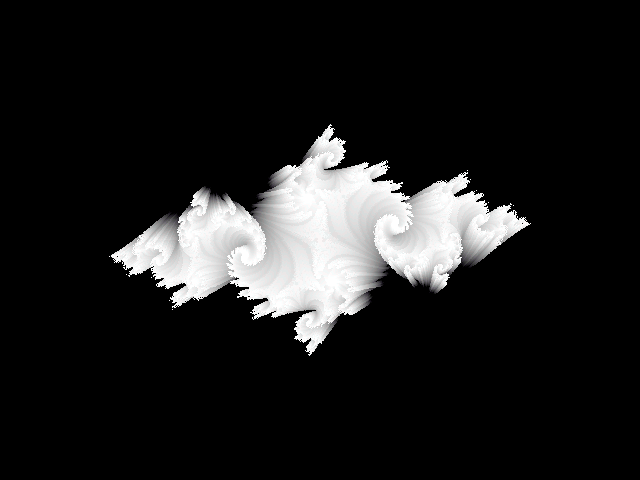
The 4/4 groove with tabla suggests a harmonic abode that rests solidly in C Lydian, & is a cool track for musicians to jam to. Kit Walker (who now lives in Uruguay) is responsible for the production and the midi creation of the tablas.
4. Forward rT 6:26

Forward is a live duet in 6/4 time with cellist and vocalist Bob Een. Though Bob plays much pizzicato-style bass much of the time, on Forward his style is purely Arco (bowed). And at the conclusion of the performance, Bob shares his mastery of Tibetan Overtone Singing which is so beautifully eerie and optimistic.
5. Main Street Live rT 4:31
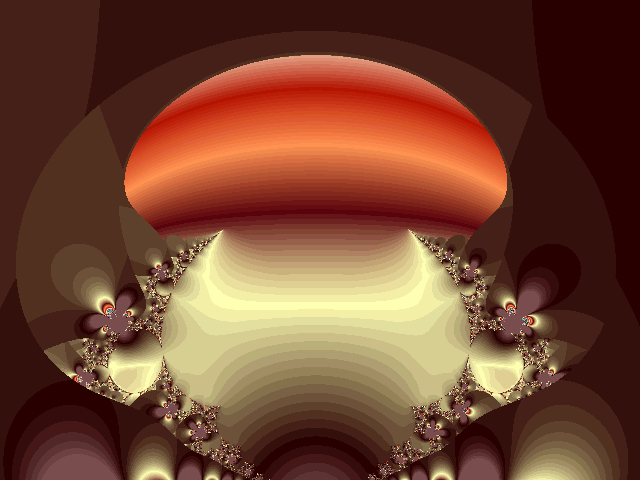
Another track also included on the Live at the Temple Bar CD. This is pure Americana/Blues with my guitar tuned to Dadgad. Again the numerical formula is 151451. I like open tunings that do not include the minor or major 3rd in the tuning as it allows me to insert these notes without any commitment to the presence of ‘either 3rds’ embedded within the tuning itself.
Also, when I studied with my 3 East Indian Teachers (See Teachers & Teaching), their instruments were 4 string sitars or sarods tuned CFGC or 1451 which are the top four strings of Dadgad tuned 1 whole step lower. This made for much easier transmission of teaching. Look for the story in this same Teaching section of my time studying with Maestro Ali Akbar Khan in San Rafael, CA. My intent of studying with the East Indian teachers was not to become a classical Indian musician. Imho, unless you’re born into this culture, that is a tough road to follow.
But the teachers from India share thousands of years of the process of ‘passing it forward’ via oral and hands-on transmission, and the feeling is very palpable. Although there is a slight Indian influence on my bluesy slide solo, MainStreet is pure ‘Americana’. I think if he were still alive today that maestro Chet Atkins would have liked this piece.
6. Goodbye Magritte rT 1:62
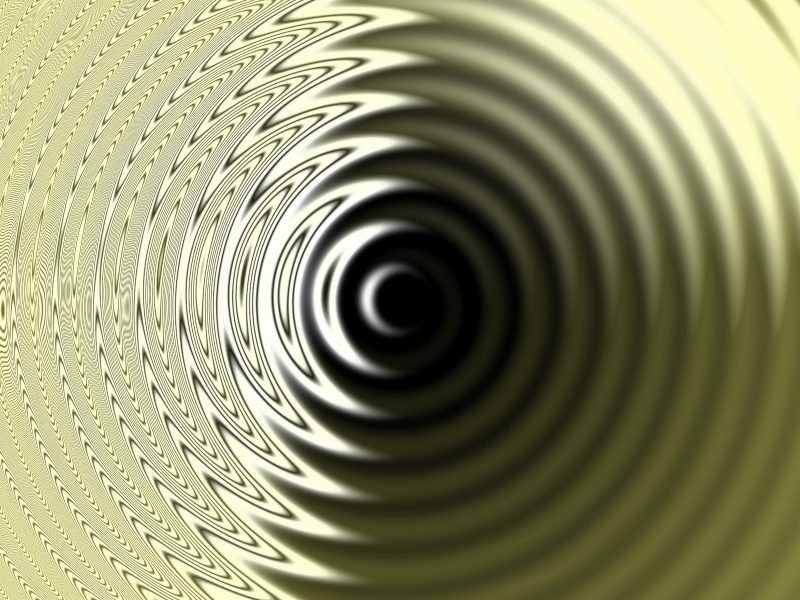
Good Magritte is one of the few overdubbed slide themes/solos included in the entire 9 CD discography. Three Flowers Track, also on this CD, is another one. Selecting titles for tracks is something I like. It is not always apparent why musicians call an instrumental piece by a certain name. Vocal pieces are easier as they usually contain the name of the piece within the body of lyrics. This recording was originally marked for an earlier release for an album called Red Horizon which Dave Stewart of the Eurythmics was very interested in. Actually, it was first released as a cassette EP: a collection of 4 pieces entitled ’Swimming’.
The project had its genesis in London. It never made it to the digital medium, however, I thought and still do that this piece had/has merit and should be shared. I think George Harrison would have liked the slide playing on this piece. Unlike many of my slide pieces which are performed in Open Tunings (where the strings of the guitar are tuned to an open chord), this piece was recorded in Standard Tuning. The name was inspired because I had reached a place in my life where I was just about fed up with surrealism: not the art form, but the life form!
7. Three Flowers Track rT 5:37

This is one of 2 tracks on the CD that was produced by maestro Kit Walker (a globally known Windham Hill artist currently living in Uruguay). Kit’s a genius. His keyboard and organ skills are remarkable. He is a producer extraordinaire, and there is little that he doesn’t know about music, composition, recording, performance, teaching: all of it. I have the good fortune to know Kit not only as an exceptional artist but as a friend. His astrology skills are also quite remarkable. He’s done my chart a few times which explains why I’m so ‘Fricked Up!’. Haha.
Three Flowers Track is named after a visit I had at a spiritual elder’s home on the cliffs of Christchurch, New Zealand. Christchurch is located on the South Island of New Zealand which is glacial. The North Island (where Avatar was filmed) is volcanic. I spent time on both islands on my first trip around the world en route to India to visit the home of Meher Baba in 1979. This trip took me to Fiji, New Zealand, Tasmania, Australia, India, Jerusalem, London, and back to the United States. I made the trip again 14 years later, going in the opposite direction, and focused nearly 90 hours/week playing and composing my first album: Monsoon Season. See in Discography category.
At the time of this recording, I was living and teaching in Mill Valley, and studying at the Ali Akbar Khan School of Indian Music. I was working with Kit and have included 3 of the pieces that he produced and performed on: Tabla Trance, Three Flowers Track, and T-Street Rag. On this piece, the guitar is tuned to a G Minor Tuning: DGDGBbD or 5151b35. This tuning has a unique bluesy flavor. And at the same time, it is expansive enough to compose extensive harmonic changes in the chorus (which Kit treats with a Beatlesque treatment: very Lennon/McCartney like in the acoustic piano groove); plus all of the orchestral arrangements on top while the slide is surfing its way through the chord changes. In my heart, I again think that Harrison would have appreciated the slide playing on this track.
Three Flowers Track was the address of the little hilltop home of the architect Anthony Thorpe who I had the honor of staying within Christchurch. From my bedroom overlooking the cliffs and north of the sub-antarctic ocean, surfers were enjoying themselves on perfect swells wearing full wet suits. Inspiring. New Zealand is like nowhere else I have traveled to (except perhaps Hobart, Tasmania). And my time at Three Flowers Track was memorable. I continued to India from there after a stop of several months in Australia living and working (on the fly) in Sydney and an avocado and macadamia farm in the hills of Brisbane (inland from the beaches of Mooloolaba and Maroochydore beaches).
During this time I also had the great honor of spending an evening playing guitar for a well known spiritual poet, Francis Brabazon. One evening over tea on the veranda of his rooms on a farm in the foothills of Mt. Kiel, I sat with classical guitarist Sam Saunders, and passed a Ramirez guitar back and forth and played for several hours while Francis listened with the ‘biggest ears’ I’ve ever experienced.
“ People are man and man is people. Their bones are the structure of the Universe. Their tongues are the harps of the stars. Their hearts are the nets which can capture God”: Francis Brabazon (Amen)
8. Trek rT 5:04
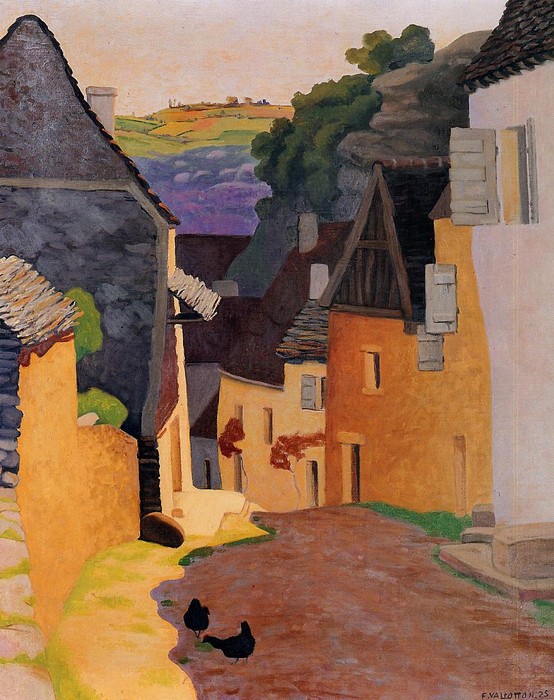
Ah, Trek! Now for solo fingerstyle guitar, this is a tour de force. I don’t think I’ve ever composed a more challenging piece to perform solo. It is unrelenting in its drive: has a 3 finger-Bluegrassian structure combined with a variety of single line and arpeggiated figures. There’s a lovely cut-time bridge in the middle, followed by a plucked transition that re-enters into the body of the song once again. It is at times somewhat melancholic, but never sad per se. The Ride Out moves back and before between hammered figures and plucked figures that fade to a final finish.
I have received many kind kudos from my guitar colleagues about this piece because of its technical and varietal styles. The piece is not without its flaws (not many) but again I reiterate that when it comes to recording I will always defer to an inspired and somewhat flawed performance rather than a crafted and somewhat ‘dried up’ performance. Trek is a 1st take, preceded by months of composing & practicing. This piece, like others, was originally earmarked for the album Red Horizon.
9. Foreign Affair rT 3:11

This piece, which is a solo version of the duet that appears with Dave Kilner on the CD Vortex is tuned to C#7: C#G#C#G#BC#. This version is a bit slower than the Vortex version and has a slightly different arrangement. I like the structure of this arrangement, which is slow enough to enhance the exchange between the harmonics and slide replies on the verse; and the somewhat Claptonesque treatment of the chorus with the ascending bass line with tapped, treble string pedal tones, and slide replies.
10. Lake Country rT 5:51
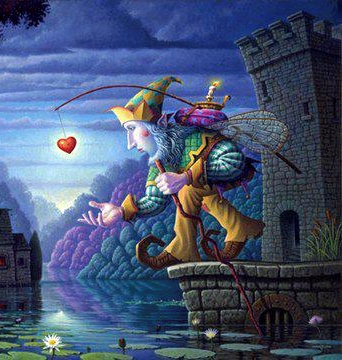
Recorded in the tuning Fsus2: CFCFGC, Lake Country is a one-off composition which again is somewhat melancholic but not sad. It contains many upbeat and optimistic sections as it moves effortlessly between minor and major key signatures. There are many guitaristic techniques employing hammer-ons, pull-offs, harp-like arpeggiated scalar runs, pedal tones, and lots of classical sensibilities.
This was a challenging composition as well as performance. It also plays with time signatures moving freely from 6/4 to 4/4 seemingly in a whimsical fashion. However, this is fully composed, not improvised. And again, following months of preparation, the recording was a solo performance, captured on the 2nd take.
Lake Country’s title was inspired by my time living in England, Scotland, Europe, & Down Under: and looking out the windows of trains in the various regions.
11. T-Street Rag rT 3:56
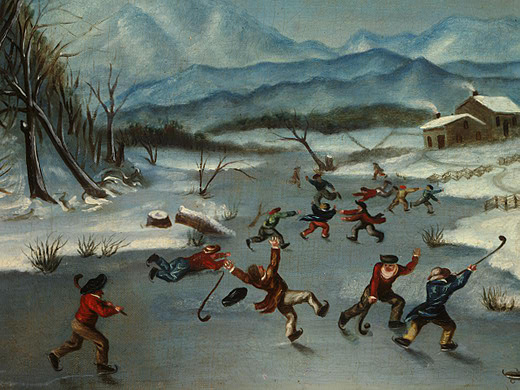
This piece is another of the pieces produced by Kit Walker who adds a tremendous amount to the performance. All the stand-up bass and brushwork on the drums is his work. My guitar which is tuned to a C Lydian sus4 Tuning: CGCF#GC is a Dadgad variation tuned down one whole step with an augmented 4th embedded in the tuning. I feel this piece captures the same energy as Sweet Georgia Brown but has a unique swing and melody. Kit’s driving groove on bass and drums contributes to the vibe.
T-Street is another composition that was difficult to both compose and perform. It is a natural fingerstyle piece, very ‘Americana’ and has a lot of dissonance to the piece which would make sense considering it is exploiting a Lydian Tuning (the augmented 4th being the sweet spot in this case). It also makes me want to tap my foot, and who knows, maybe join those dancers below. There are significant humor and whim in this piece, and it was a blast to work with Kit. This is a confident piece, has a lot of Bluegrass overtones, and is happy, just like Bluegrass music is. Although somewhat akin to a Bluegrass feel, it has more of a ‘Rag Time’ sensibility: both born from the same ‘Very American Family’.
12. Upside Down rT 2:08
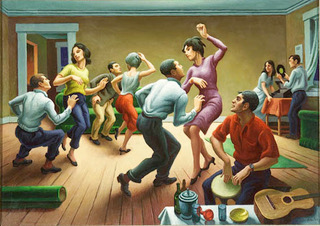
This piece: Upside Down’ exploits a custom guitar stringing in the spirit of High String or Nashville Tuning. However it is much simpler, but the effect is no less impactful. I credit Los Angeles guitar retail icon Fred Walecki for this tuning (stringing actually) and call it Fredsville Tuning. What Walecki came up with was inverting the placement of the 5th and 2nd strings. Normally, in Standard Tuning (ST): EADGBE the string gauges move strategically from the lowest pitched string, the 6th string: to the highest-pitched string which is the 1st string tuned 2 octaves higher than the 6th string. This would make the 5th string the second lowest string and the 2nd string, the second-highest string in the sequence.
However in Fredsville tuning, the 5th and 2nd strings are reversed. And by placing the second-highest string in the bass; and the second lowest string in the treble: it really ‘Fricks the whole thing up!’. But in a really good way. Now, your thumb is accenting a high string and your fingers are plucking a low string.
Fin
